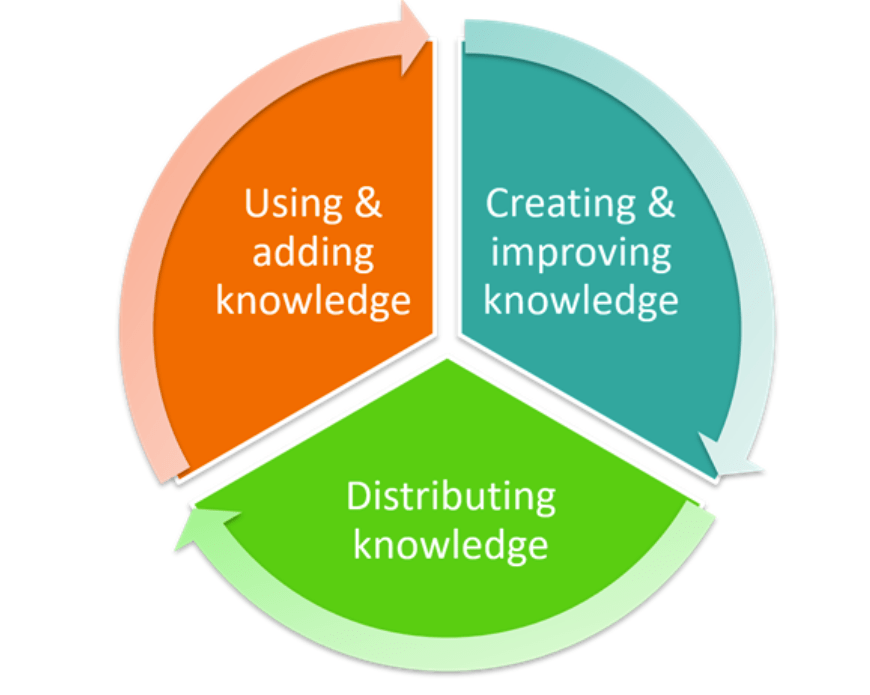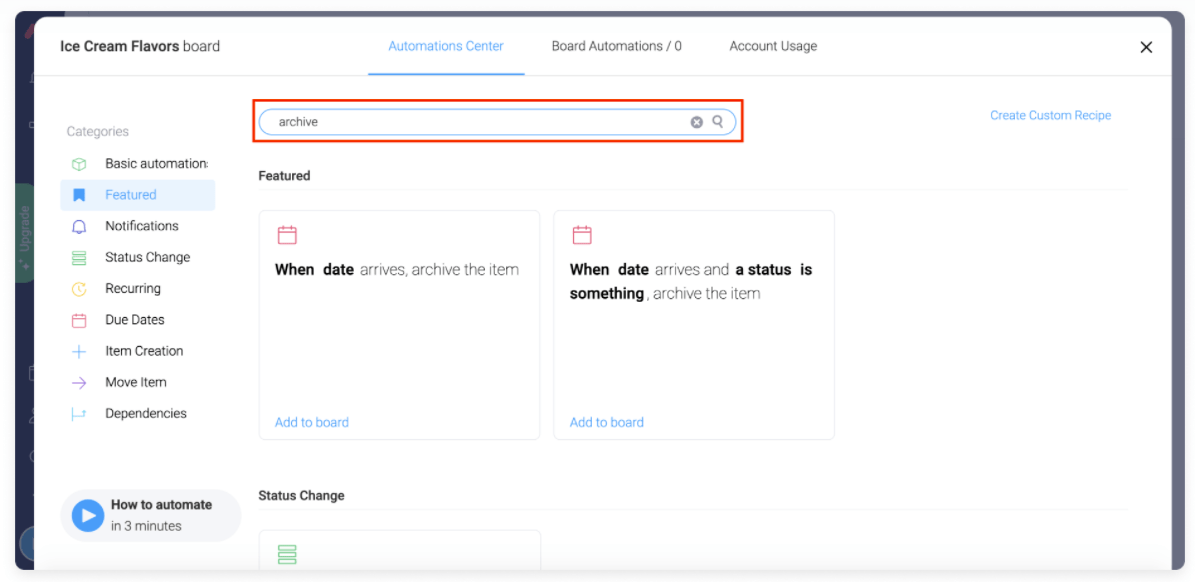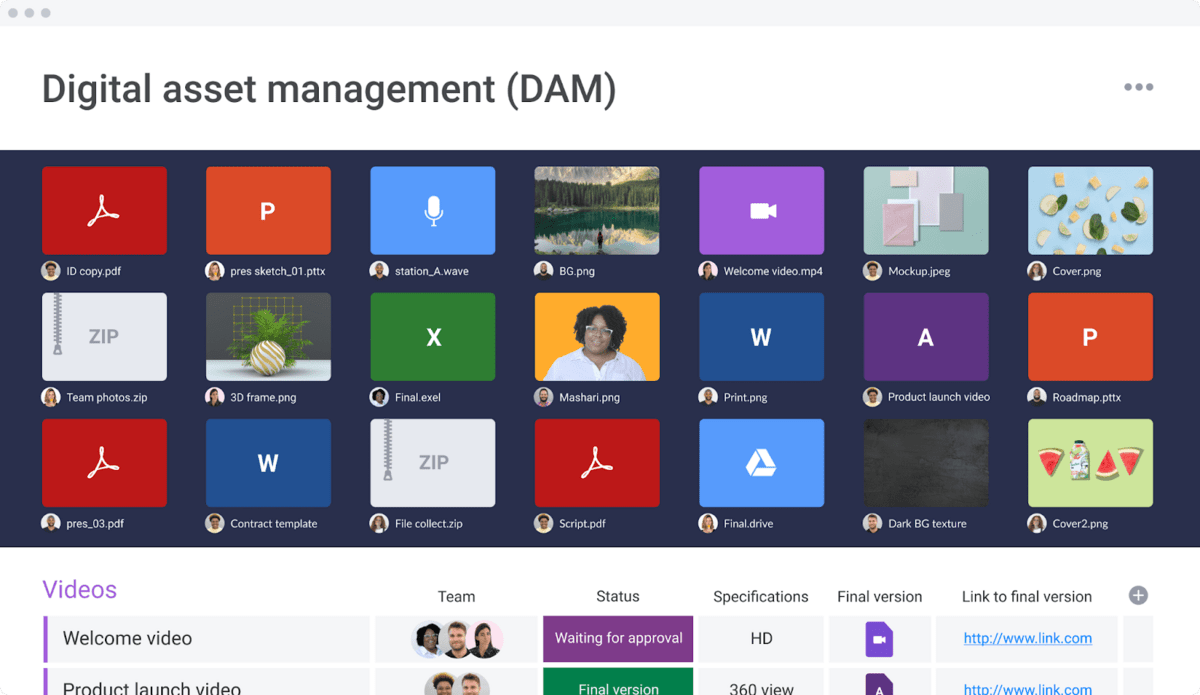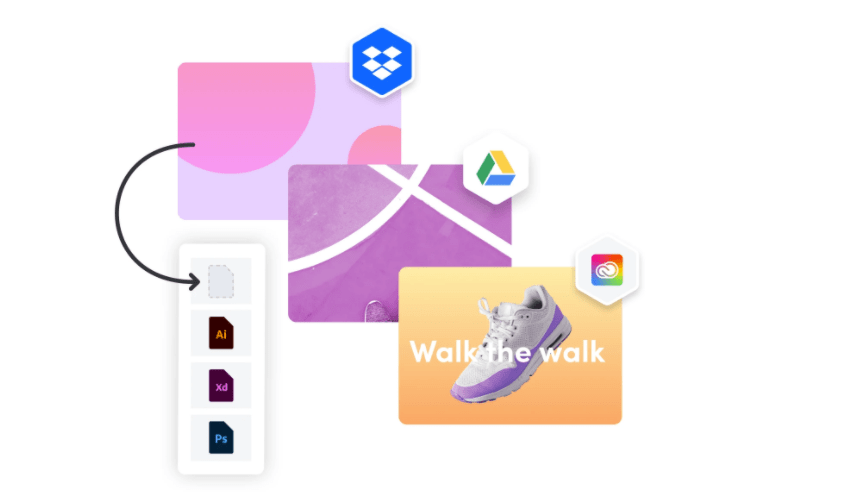The way in which companies provide knowledge to their employees and customers is vital for engagement and retention. After all, it’s the source for problem-solving and innovation as it comes from collective knowledge, lessons learned, and communities of practice.
In this article, we’ll explain what knowledge management is, the benefits of knowledge management, 5 best practices, and what to look for in knowledge management software.
What is knowledge management?
Knowledge management (KM) is the process of gathering, generating, using, sharing, and storing information effectively to increase business success.

It can drive increased productivity and efficiency and support better decision-making.
All of this means successful knowledge management can add a significant competitive advantage to your business.
What exactly is knowledge?
Before we dive further into how to manage knowledge effectively, it’s worth clarifying exactly what we mean by knowledge, especially in an organizational sense.
Academics define 3 categories of knowledge:
- Tacit knowledge. This type of knowledge is unspoken and often defines the organizational culture.
It would be hard to describe to someone outside the organization, as it’s mostly observed in social interactions and relationships. Tacit knowledge shapes how work gets done.
- Implicit knowledge. Implicit knowledge is information stored in someone’s head. It’s the business processes that always seem to get done but aren’t documented anywhere.
This is slightly different from tacit knowledge in that it’s relatively easy to describe when asked but it isn’t yet shared knowledge.
When experienced employees leave organizations, it’s the benefits of implicit knowledge that the business loses out on.
- Explicit knowledge. This is knowledge that has been documented and stored to inform business operations, processes, and ways of working.
It’s easily shared, and its visibility means that it can be easily optimized if anything changes in the organization.
Effective knowledge management involves making implicit knowledge more explicit, so information is retained within the organization as personnel turns over.
Types of information that might be managed in a typical knowledge management process could include:
- Documents such as standard operating procedures, technical product specifications, company policy documents, process FAQs, and more
- Team data such as operational objectives, personal development plans, emergency contact information, non-disclosure agreements, etc.
- Organizational communications such as awards and promotions, IT system outages, program status updates, and company vacation periods.
What are the benefits of effective knowledge management?
Effective knowledge management practices can provide significant benefits to organizations.
Aside from retaining key organizational knowledge, they can also lead to:
- Increased productivity as customers self-serve many of their questions leaving employees to focus on other value-adding tasks
- More effective decision-making as data is centralized and readily-available
- Greater team alignment as everyone is working to the same operating procedures
- Higher levels of innovation as knowledge is visible and improvement ideas can be crowd-sourced from all employees
- Increased customer satisfaction as they can quickly access information that solves their problems
Knowledge management use cases
As we’ve seen above, there are some significant benefits of effective knowledge management.
These benefits can make a real difference for employees and customers.
Employees are predominantly served by internal knowledge management processes, while external knowledge management processes serve customers.
Let’s look at these two use cases in more detail.
Internal
Internal knowledge management is about the generation, organization, and sharing of knowledge to benefit employees and the wider business.
Effective internal knowledge management should provide employees with all the information they need to do their jobs, from learning about the company during onboarding to technical product troubleshooting.
It should also connect them to the wider business by effectively sharing company data, providing transparency around company performance, and motivating them to deliver value in their roles.
One of the key drivers of employee engagement is purpose. Employees like to feel as though the work they’re doing clearly contributes to wider business success.
In fact, meaningful work is one of the top 5 factors in increased employee engagement.

Mundane administrative tasks, inefficient processes, and time wasted on low-value work can lead to frustration and lower motivation.
Internal knowledge management helps improve employee engagement by:
- Offering rapid access to information. Employees can spend up to 25% of their time searching for the information needed to do their jobs. This reduces productivity and can be frustrating.
A centralized knowledge management system provides reliable information that’s easy to access and available at the point of need.
- Creating efficient processes. Explicit knowledge enables company procedures to be analyzed, optimized, and documented, so every employee knows how to implement them.
Whether you’re a new employee tackling a team process or a line manager following the company performance review process, standardization brings efficiency and keeps everyone on the same page.
- Reducing repetitive tasks. Experienced employees spend a significant amount of time supporting more junior employees, showing them how to do things, and answering their questions.
And, while it’s important that new employees feel confident to tackle their work, it’s likely there’s a better use of managers’ time.
And, while it’s important that new employees feel confident to tackle their work, it’s likely there’s a better use of managers’ time.
An effective internal knowledge management system can reduce training time when it includes:
- Clearly documented processes
- FAQs
- Contact list of who to go to with specific questions
External
External knowledge management is about the generation, organization, and sharing of knowledge to benefit customers and clients.
It contains everything your customers need to know to use your product and service, including how-to guides and troubleshooting options.

It might also provide information about the scientific research behind certain products or their technical specifications.
One of the key benefits is happier customers, which can lead to higher levels of customer retention and greater acquisition as current customers rave about the stellar customer service to their network or via social media.
Effective external knowledge management can lead to happier customers by:
- Centralizing information. Many of us are turning to Google or YouTube for support when things go wrong with products. But finding information that way can be haphazard, and you’re never fully certain of the quality of the advice you’re receiving.
A company knowledge base provides a one-stop shop that customers can go to for help.
- Offering 24/7 support. Customers want to be able to quickly resolve issues at a time that suits them. It’s frustrating if you need support and have to wait until the customer help desk opens the next morning.
An external knowledge management system allows customers to search for the information they want easily. With 24/7 access, they can solve their problems at a time that fits with their schedule, not yours.
- Providing higher-quality customer support. There will be some things an external knowledge base just can’t answer.
But, by freeing up your customer support agents from attending to more simple issues, they have more time to help customers when things are more challenging.
So, customers receive personalized support when they most need it, and it’s another win for employee engagement, as customer service agents feel more involved in purposeful work.
5 knowledge management best practices
Even the most powerful knowledge is only useful when it can be found. This means you need to be systematic in the way you organize, store, and share information.
By following some essential knowledge management best practices, you can optimize your knowledge management process and put your hard-won organizational skills to work.
1. Set knowledge management goals
We’ve already outlined the potential benefits of successful knowledge management. Now it’s your job to set some specific goals and metrics as to how better knowledge management can improve your business outcomes.
For example, perhaps you want to reduce the time your customer service agents spend dealing with minor queries. You could add the knowledge base web address to the product information section of your site and measure the impact it has on how customer service agents spend their time.
Knowledge management software offers a lot of useful data that can help you monitor progress toward your goals, such as the number of site visits or downloads of a specific guide.
2. Create a clear knowledge management process
A basic knowledge management process follows four key steps:
1. Discover. Find out what level of information already exists. Decide what knowledge is explicit and already written down, along with what knowledge is likely implicit. Identify any key knowledge gaps.
2. Capture. Take steps to document implicit knowledge. This might require process mapping, employee interviews, or task observation. Where there are knowledge gaps, decide on how best to address them.
3. Organize. Sort the knowledge gathered to make it easy to understand and access, plus logical to find.
4. Share. Communicate what knowledge is available and facilitate knowledge-sharing among employees or customers.
These 4 steps can be used whenever the organization’s strategy changes when new product lines are released, or in response to employee or customer feedback.
You might also want to put some clear guidelines in place around common queries such as:
- How best to share organizational knowledge
- How often should the knowledge base be refreshed, and by who
- What to do if a knowledge gap is identified
- Who “owns” which knowledge areas
3. Make it easy to find and share information
The success of your knowledge management system revolves around how simple it is for users to find the answers they are looking for.
It’s important to make it easy for information to be found and shared with others. A knowledge management software solution can go a long way toward helping you implement this best practice.
We’ll cover more on what to look for in a software solution next, but features like a robust search function and intuitive site navigation can really help.

Plus, the ability to easily share knowledge via internal and external communication channels keeps productivity high.
If an employee can quickly share the link to a how-to guide on a team Slack channel, it means the rest of the team saves time hunting for the same information.
4. Keep knowledge easy to understand
If the knowledge you’re sharing is overly technical or complex, it’ll likely add to customer or employee frustration rather than help with the issues they’re trying to solve.
Make sure you consider your audience when creating how-to guides or troubleshooting documents. Keep the language as simple as possible and test it out on users to get feedback on how it can be improved.
Also, think about using multimedia to improve the user experience. A video might be much easier to follow than text, for example. You can also make learning more fun and engaging by incorporating some gamification techniques, such as points, badges, and leaderboards, into the multimedia content.
5. Keep knowledge up-to-date
You’re only going to frustrate your users if you provide irrelevant or out-of-date information. If a product how-to guide doesn’t include the latest release, it’s unlikely to answer the users’ questions.
Make sure to archive old information as updated versions of documents are created to keep your knowledge base as easy to navigate as possible.

It’s important to recognize that building your knowledge base isn’t a one-and-done scenario. Continuous curation is important to provide the most relevant information to users and unlock the benefits.
Tap into employee and customer feedback regarding the information they would find helpful in a knowledge base.
If you record customer service calls, analyze the transcripts to see if there are common issues being resolved that could be better served by a webinar or guide in your knowledge base.
What to look for in knowledge management software?
Throughout this article, we’ve hinted that using software is likely to improve your knowledge management significantly. Knowledge management software makes capturing, organizing, and sharing information so much easier.

Most software can pull double-duty as both an internal and external knowledge management system. Keeping knowledge up-to-date and relevant is simpler when this is possible.
Plus, you save on storage if you’re not trying to archive paper documentation and increase the number of ways you can present information to users.
Finally, if you use a Work OS like monday.com, your knowledge management system becomes part of a shared, centralized platform that can optimize your workflow, manage your projects, deliver CRM functionality, enable team collaboration, and much more.
That means it can also function as a document management system or content management system, too. There is even a mobile app.
So what features are essential in good knowledge management software?
Automation
One of the benefits of effective knowledge management is reducing mundane administrative work. With a good software solution, you can couple this with task automation for a double whammy.
For example, say you’re part of a team creating a new product. As the deliverable status changes to “Product Released,” an automation is triggered that informs the responsible party that the knowledge base needs to be updated.
Using a platform like monday.com, it’s simple to align your knowledge management with your workflow. We have plenty of pre-made automations, or you can customize one that works perfectly for you and your team.
Search functionality
Choosing a knowledge management platform with search functionality makes it simple to find exactly what you need with no fuss. That means no wasted time, frustrated employees, or unhappy customers.

Once you’ve found the information you need, monday.com makes it easy to share that data with others.
You can share links, view and annotate documents, and @tag colleagues for their comments. It’s equally helpful when you’re building and reviewing your knowledge base.

Compatibility with different file types
Choosing a platform that enables you to upload different file types means you’re better able to create and display knowledge in a way that works for your employees and customers.
For example, a multi-page how-to guide might be easier to understand if it were a short video that actually shows the product working.
monday.com allows you to upload files of any type from wherever you’ve currently got your information stored. This includes your computer, Google Drive, Dropbox, Box, or OneDrive.

With monday.com, you can even create knowledge assets from scratch within the platform using our new monday workdocs feature.
Customizable
You want to organize knowledge in a way that fits the needs of your employees and customers.
Without the ability to customize your platform, you might be stuck with a knowledge management solution that’s more difficult to navigate.
Or perhaps it doesn’t match how you organize other company information, so employees find it less intuitive.
Look for a software solution that offers the flexibility to build your knowledge base in a way that works for you.
Everything about monday.com is customizable — from the way you structure your file management to the way you visualize your data.
Effective knowledge management for success
The way you create, organize, share, and store knowledge can significantly affect your employee engagement and customer retention rates.
Knowledge management software makes building and curating organizational knowledge simple. With the monday.com Work OS, you get so much more than that.
Start organizing your knowledge today with our Digital Asset Management template.
 Get started
Get started 
